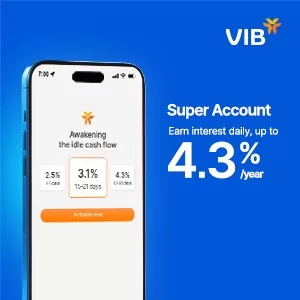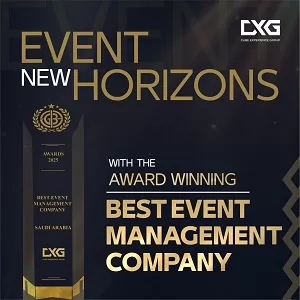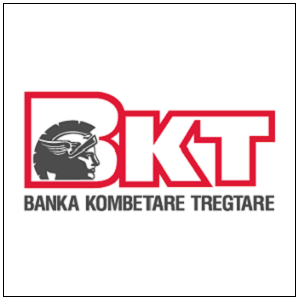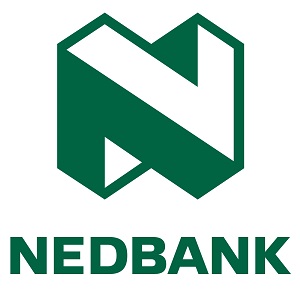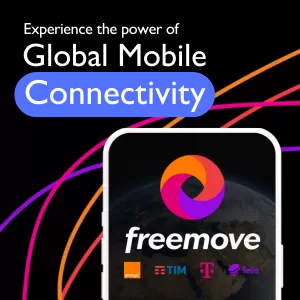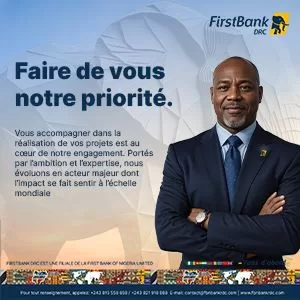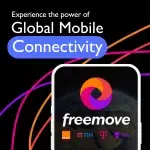Sports
Rise of the Machines: China’s Robot Soccer League Is Rewriting the Rules of Sport
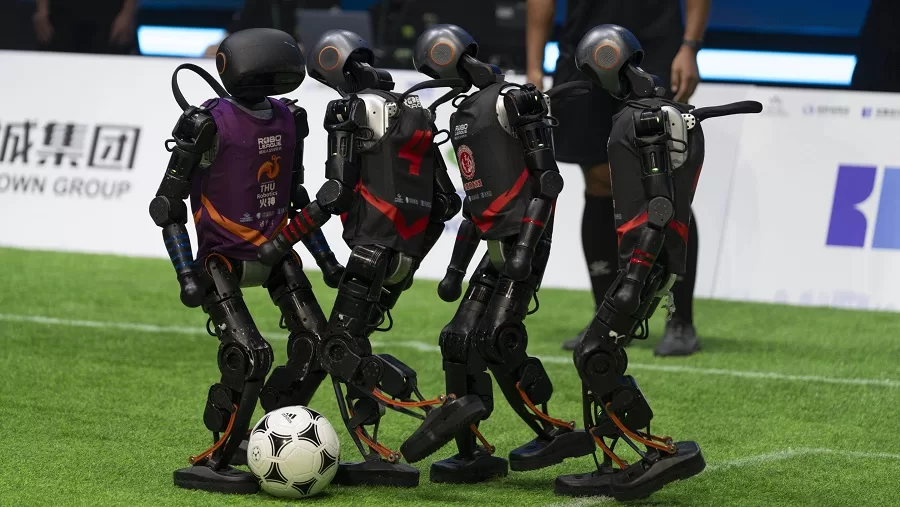
- The Chinese initiative RoboLeague, operated under the domestic humanoid robot soccer league, was officially launched in Beijing in June 2025 and is a very interesting case at the intersection of AI and sports.
- Developed alongside leading universities such as Tsinghua or China Agricultural University, it forms one of many projects fueling the bigger national goal of fast-tracking progress in AI and robotics. A significant increase in viewing figures and the scope of the RoBoLeague-Nevertheless, brand integrations and the multi-league participation aspects still need to be confirmed.
On June 28, 2025, China introduced the RoBoLeague. Unlike typical sports debuts, this one featured humanoid robots, three per side, competing on a small indoor pitch. Every movement—chasing, dribbling, tackling—was autonomously calculated by AI models trained in vision recognition and motor coordination.
The league is an outcome of intense research partnerships, with teams initially built by leading Chinese universities. Although only two institutions participated in the first match, this project has larger goals tied to national technology leadership.
The spectacle was more than a novelty. It was part of a deliberate strategy to refine robotics through real-time competition.
Sports as a Global Entertainment Powerhouse
Sports remain a central pillar of global entertainment. While direct numbers remain very hard to come by, third-party sources like Statista have estimated the global sports market at over $500 billion in 2023, and to probably significantly rise by 2030.
On the other hand, the traditional broadcast experience is detaching itself from younger audiences. Being the first generation raised on fast-paced streaming, gaming, and participatory content, Generation Z seems to relate better with interactive and algorithmically personalised formats. In this respect, robot soccer has that air of having been built for the modern viewer: short matches, zero human drama, pure strategy, and tech on display.
New Digital Arenas for Brand Engagement
While brand involvement remains in the annals of history, the next great and big opportunity for branded content rests in the sphere of AI-driven sports. In the distant future, one can imagine robot skins having logos that can be customised. The streaming platforms, meanwhile, could feature interactive overlays and product placements in real time.
In theory, sponsors could use these events to test out new formats: clickable replay ads, gamified voting mechanics, or QR-code-driven e-commerce offers linked to robot performance.
These innovations haven’t happened yet, but they’re entirely plausible as the league matures and viewership grows.
A Technology Showcase, Not Yet a Commercial Arena
Despite online excitement, no verified data confirms large-scale viewership or corporate sponsorship for the RoBoLeague. The league currently functions as a platform for technical growth, not for immediate monetisation.
It’s important to separate current reality from near-future possibility. Right now, the RoBoLeague is a state-driven venture to push forward AI and robotics. However, the infrastructure being built could soon attract commercial attention.
What It Might Mean for Traditional Sports
Robot soccer and traditional sports occupy two fundamentally different arenas. One is built for precision, iterations, and innovation, whereas the other is based on unpredictability, humanity, and cultural tradition.
Human soccer is a sensory experience. The crowd roar, the tense penalty kick, the celebrations after scoring goals in the death minute, these emotional spikes that technology cannot ever copy. Traditional sports are based on narrative arcs, player rivalries, and national pride. They draw from history and breed in meaning over the space of decades.
Robot soccer, on the other hand, is a demonstration of algorithmic logic. It’s about testing motion parameters, real-time responses, and system reliabilities. The entertainment it offers is cerebral rather than emotional. It invites curiosity rather than devotion.
A difference in accessibility also exists, for football can be played by anyone who has a ball. Yet, robot sports call for training, the building of teams, labs, data, and engineering expertise. So, robot sports are more exclusive by nature, at least for the present.
What’s emerging isn’t a competitor to traditional sports, but a parallel track. One doesn’t need to replace the other. Robot leagues could evolve into new forms of competitive entertainment that live alongside traditional leagues rather than competing for the same emotional space.
Robot soccer redefines what a match can be. It replaces emotional narratives with real-time analytics. Human imperfection with algorithmic logic. While it lacks drama for now, it sets the stage for formats that are more aligned with how tech-native audiences consume entertainment.
As more robotic competitions—from martial arts to half-marathons—emerge in China, we might be looking at a whole new subcategory of sport. It’s not about replacing football. It’s about adding a new code to the playbook.
The Viewer Experience: Less Noise, More Curiosity
Watching RoBoLeague matches is a different experience. There’s no cheering. No on-pitch celebration. Just calculated motion and mechanical precision. Observers have noted frequent stumbles and awkward movements, but also a clear ambition to improve.
The absence of typical sports drama might be a barrier for some. But it also invites new forms of interaction. Imagine real-time tactical commentary by AI. Or open-source streams narrated by fans. None of this exists yet—but it’s not hard to imagine.
A Word of Caution for Brands
For marketers eager to jump into robot sports, a few things need to be clear:
- This is a technical testbed first, and a commercial product second.
- Viewer numbers and brand partnerships remain unconfirmed.
- The ecosystem is nascent, and audience expectations are still forming.
Still, it would be unwise to ignore the momentum. Many of the biggest trends in digital content—from esports to short-form video—began in experimental corners before going mainstream.
Where This Could Lead
Looking ahead, we could see:
- Expansion to international AI sports competitions
- Sponsorship models tailored to data-rich, interactive formats
- Sports content is designed not just for humans to watch, but for algorithms to optimise
What matters most is that this is happening not in isolation, but as part of a larger strategy by China to shape the future of intelligent systems. Brands that understand this context can better position themselves for what comes next.
Final Thought
The RoBoLeague may not yet be the next World Cup. But it’s a glimpse of something equally significant: how nations, technologists, and eventually marketers are reimagining what sport can be.
The brands that show up early—curious, careful, and adaptive—might just help shape the next big chapter in global sports entertainment.










